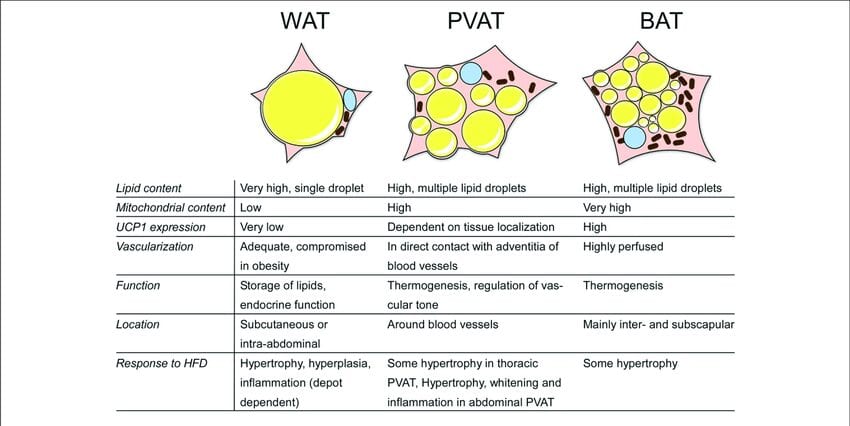Contents
Cellulite is easier to prevent
What is it about:
- Estimation of caloric content of adipose tissue
- Composition of adipose tissue
- Caloric content of adipose tissue
Estimation of caloric content of adipose tissue
The calorie content of fat is quite easy to determine: look at the label of sunflower oil (which is 99,9% fat) – 100 grams of the product contains 899 Kcal. Accordingly, in a kilogram of 100% fat, 8999 Kcal.
This approach is fundamentally wrong – for example, with a rigid diet with a calorie content of 1000 Kcal and a daily calorie consumption of about 2200 Kcal (you can find out your energy consumption in the calculator for choosing a diet for weight loss), to lose one kilogram you will need:
8999 Kcal / (2200 Kcal – 1000 Kcal) = 8 days – and diets with such a daily calorie content give significantly higher rates of weight loss (in the second and subsequent weeks – when excess fluid has already been removed – and not only due to other tissues – muscle, connective etc.).
Composition of adipose tissue
This example says that on the one hand caloric content of adipose tissue is less than 9000 Kcal and on the other hand when losing weight, weight will go away not only due to adipose tissue and water.
In the industrial processing of animal fats, the most fat-rich tissues surrounding the internal organs (content up to 80%) are unambiguously determined – the subcutaneous tissue layer contains close values of the fat content. There is an objective explanation for this – adipose tissue, like any other body tissue, needs nutrition and excretion of the products of cell activity – it contains both blood and lymphatic vessels, and blood and lymph. Of course, there is also intracellular and intercellular fluid (the percentage of the former can vary significantly depending on the size of stored fat inside the fat cell – in total, all fluids will be at least 20% for the largest cells in size). Mineral salts are also present – at a level of about 1-2%.
The indicators of the composition of adipose tissue can vary depending on the amount of fat stored inside the cells. The largest cellulite fat cells – the connective tissue is not capable of relatively large stretches – tubercles appear in the surface layer of the skin along the accumulations of fat cells. It is much more difficult for the body to extract stored fat from such swollen cells than from ordinary ones (the functioning of the membrane partitions in the cells is disrupted).
In normal adipose tissue (body mass index does not exceed 30-32 kg / m2 – there is no obesity as a dietary disease) the percentage of fat is even lower.
Adipose tissue, like any other, needs to be supported and bound – connective tissue is required. After normalizing weight (for example, by diet or any other), the body will not need it and will be consumed with a negative balance of daily calorie content. And although the connective tissue also has an equivalent in calories, its caloric content is significantly less than the calorie content of adipose tissue and is about 1500-1700 Kcal / kg.
Caloric content of adipose tissue
In general, the maximum percentage of pure fat in adipose tissue does not exceed 79%, and even less in the absence of obesity. But then the caloric content of adipose tissue will be equal to 7100 Kcal / kg for the largest (cellulite) cells and even less for ordinary adipose tissue.
For comparison, the calorie content of peeled pork fat is 8350 Kcal / kg. Salted processed pork fat has a caloric value of 8100 Kcal / kg. These values do not include some of the fluids present in a well-functioning body, which will result in an adipose tissue caloric value corresponding to 7100 Kcal / kg.










